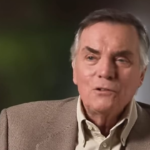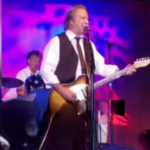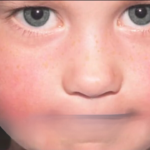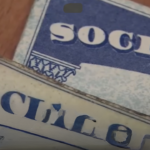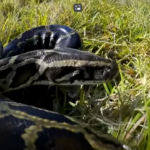The rare Perseid meteor shower and the display of the northern lights thrill astronomers everywhere.
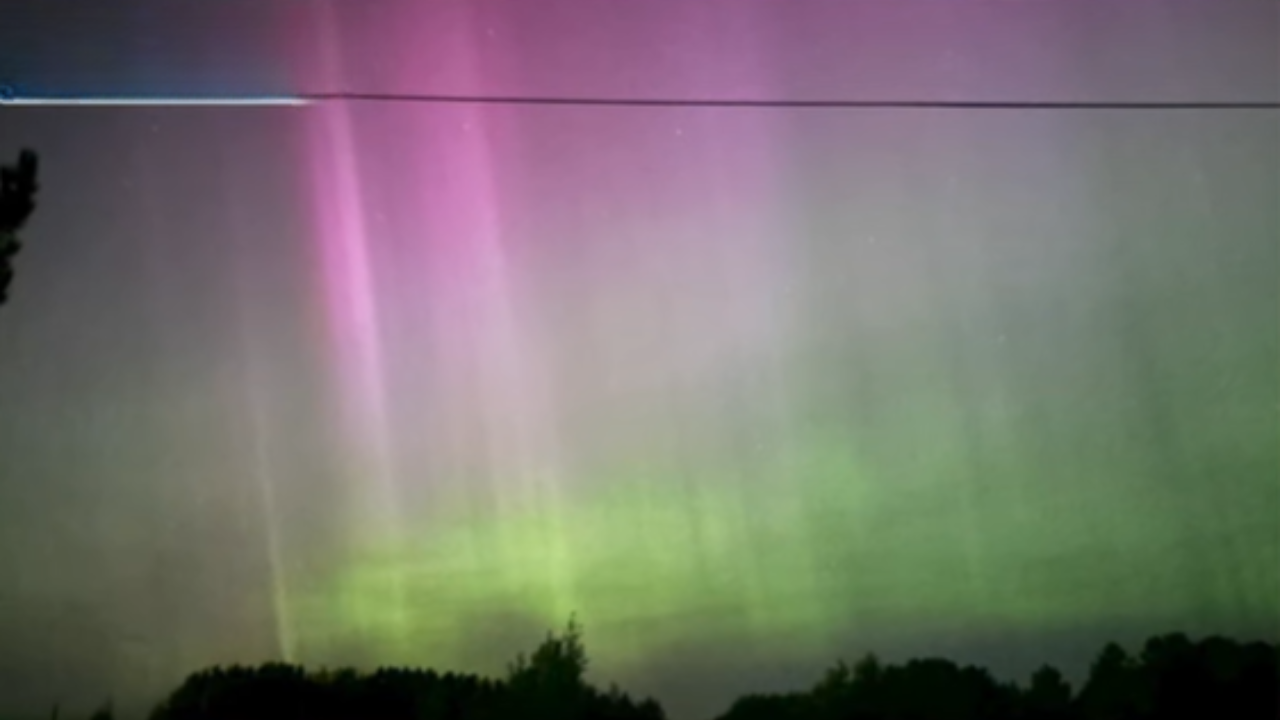
Skywatchers throughout the world were treated to a unique natural event: the Perseid meteor shower coincided with the northern lights, which was a spectacular display of nature’s grandeur.
The peak of the Perseid meteor shower was predicted because it happens every year when Earth passes through comet Swift-Tuttle’s debris, which consists of tiny pieces of rock and ice. Comet Swift-Tuttle last approached Earth in 1992. But the simultaneous emergence of auroras was unanticipated.
The National Oceanic and Atmospheric Administration (NOAA) Space Weather Prediction Center issued a geomagnetic storm watch for August 9 through August 11, despite forecasters’ predictions of some geomagnetic activity over the weekend. Space weather is unpredictable, and auroras only happen in certain situations.
But during the weekend, everything fell into place. Some stargazers were fortunate enough to catch brief glances of Perseid meteors, while others were treated to stunning views of the dancing northern lights. A few were even fortunate enough to experience both events simultaneously! Due to this special overlap, photographers were able to produce some incredibly amazing shots.
We examine a few of the greatest here.
Mike Wickersham witnessed a vivid Perseid meteor in the skies above Lincoln City, Oregon, USA, that rivaled the vibrant aurora.
Andrew Hawkes witnessed a stunning Perseid meteor shower extravaganza and an unplanned northern light eruption in the United Kingdom while he was outside of Harrogate, North Yorkshire.
“Some light was shining behind the tree when I noticed it while out taking pictures of the Perseid meteor shower with a friend. In an email to Space.com, Hawkes said, “At first, I thought this was artificial lighting, but then I looked back on the camera and saw the aurora.”
Without a doubt, Hawkes was in the right place at the right moment.
Hawkes also managed to get a stunning timelapse of the Perseids and aurora. That is the video that is playing when this article opens.
Greg Gage captured an astounding 933 photos of the Perseid meteor shower and aurora bloom over Sistersville, West Virginia, in the United States.
The video at the top of the article features an amazing timelapse that Gage created over the night of August 11–12. It spans roughly 6 hours, from 10 p.m. to 4 a.m.
“I don’t usually stay up late, but this evening proved to be worthwhile,” Gage emailed Space.com.
A single shot from the movie that shows a Perseid meteor speeding across a sky full of auroras may be found below.
Gage went on, “This is my best meteor shot from the Perseid meteor shower.”
Even if you can’t see the northern lights, the Perseid meteor shower still puts on an amazing show.
Photographer Josh Dury got this incredibly beautiful picture of the Perseid meteor shower over Stonehenge in the United Kingdom.
43 separate photos of the meteors taken over a three and a half hour period make up the image below.
“Starry fireworks highlighting the historical link. the primordial debris from Comet Swift-Tuttle, which was created in the early solar system. recorded the motions of celestial bodies and was seen from the old palace. A relevant story told through mystery and pointless time.” Dury emailed Space.com to tell them.
After the Perseid meteor shower produces the Northern Lights, the geomagnetic storm watch is still in effect.
Space weather produced some of the most dazzling Northern lights throughout the Midwest and Northern U.S. since May’s historic solar storms, so those who stayed up late on Sunday night to witness the peak of the Perseid meteor shower were in for a celestial treat.
A G3 Strong Geomagnetic Storm notice was issued by NOAA’s Space Weather Prediction Center (SWPC) on their five-point scale following the observation of G3-level storming from a “major disturbance” in Earth’s magnetic field during the passage of a coronal mass ejection. The SWPC reported later on Monday morning that strong G4 geomagnetic storming had been seen and was expected to last until Monday night.
Since the storms in May, when aurora displays were visible all around the world and as far south as Florida, this is the most intense space weather to date.
As was the case early on Monday, Northern Lights can be seen farther south from the poles during a powerful magnetic storm in locations like Pittsburgh and outside of Chicagoland.
